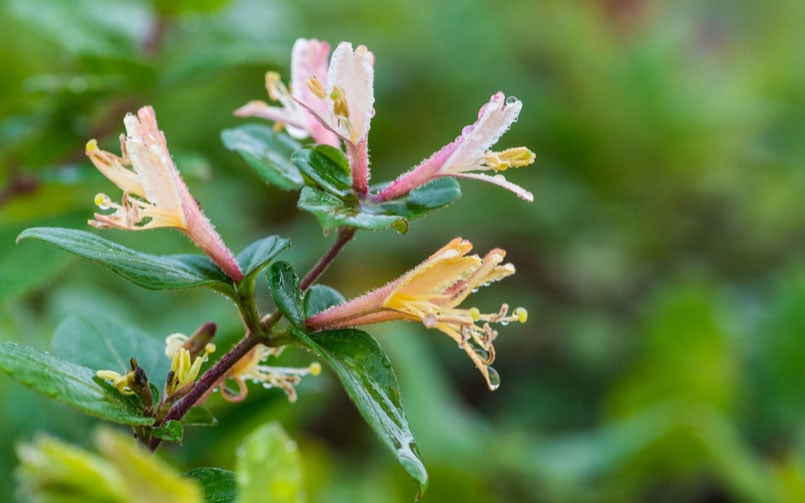The two most important factors for thriving winter container plants are: one, use the right winter-proof planter, and two, plant winter flowering plants. Here’s what you need to know to enjoy thriving winter container plants because baby it’s cold outside!
1. Use the Right Planters
Your home is everything to your overall wellbeing and health, and the same can be said for your plants. A planter has the power to make or break a plant, and that’s especially true during harsh weather, such as during the winter or hottest months of summer.
A solid winter planter must keep the soil and plant well-insulated, and it must be able to withstand cold temperatures without cracking and breaking. A non-porous planter is one of the most important aspects to consider. Porous materials, like clay or concrete pots, are incredibly porous and therefore absorb a lot of water. This is bad, especially in the winter when there’s a lot of water to absorb. When water gets inside it freezes and thaws, leading to cracks and ultimately a broken planter.
TerraCast Planters are the best option for winter container plants because their specially formulated resin-based material can withstand temperatures that far exceed the competition. Plus, our planters do not absorb moisture which automatically frees them from some of the most common dangers associated with cold weather gardening.
Shop our complete collection of planters
2. Pick Winter Flowering Plants for Pots
A great pot is the first step to winter container plants that thrive, but additionally you need winter flowering plants for the whole thing to work. There are plenty of beautiful and even colorful flowers and plants that bloom in winter. Winter Pansies, for instance, can freeze solid only to thaw and emerge ready to bloom again.
Beautiful winter flowering annuals:
- Sweet Alyssum
- Honeywort
- Sweat Pea
Winter flowering perennials:
- Pansies and Violets
- Winter Honeysuckle
- Winter Jasmine
- Pinks (Dianthus species and hybrids)
Containers are colder than in-ground soil, and for that reason hardness ratings are not always the most reliable because they are based on plants grown in ground soil. To accommodate for this, pick plants rated at least 1 Hardy Zone colder than your region.
3. Drainage is Key for Winter Container Plants
Heavy rain, a little snow, all this moisture can bog down plants and lead to root rot and flooding. That’s why a self-watering planter is often crucial for winter container plants. A quality self-watering basin collects excess water as it drips through the plant. It stores water in a separate chamber beneath the plant’s roots and soil. The roots can stretch down into this pool of water if needed, but roots are not left soaking in water and this prevents root rot. Water is slowly channeled outside of the planter and can be emptied manually as well.
4. Winter Container Plants Need the Right Location
Location, location, location. Where you put planters makes all the difference in how well they thrive. Read up on the type of plant and its preferences to see if it prefers mostly sun or shade. Winter plants typically thrive in sunny or warmer locations. Try to keep plants out of windy channels, as this can disrupt plants and dry them out.
5. Group Winter Planters Together
Place planters in groups near a fence or wall to offer more protection against winter weather. A sole planter at the center of your yard is not going to do as well as a group of planters with the added shield of a nearby fence.
6. Don’t Overfeed Winter Container Plants
Plants are slower to absorb nutrients and water during the winter. For this reason, you want to avoid overfeeding or overwatering. Experts recommend using a well-balanced slow-release organic fertilizer and then adding a small/light supply of these same nutrients throughout winter. Rich soil is an important component as well.
7. Don’t Forget to Water
People commonly associate winter with lots of rain and moisture in the air; and therefore, they forget to water their plants. Surprisingly, drying out is one of most common causes of winter plant deaths. Check the soil regularly and water whenever the top layers of soil feel dry to the touch.

